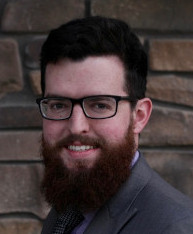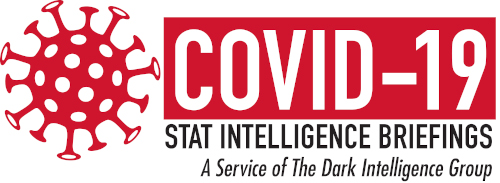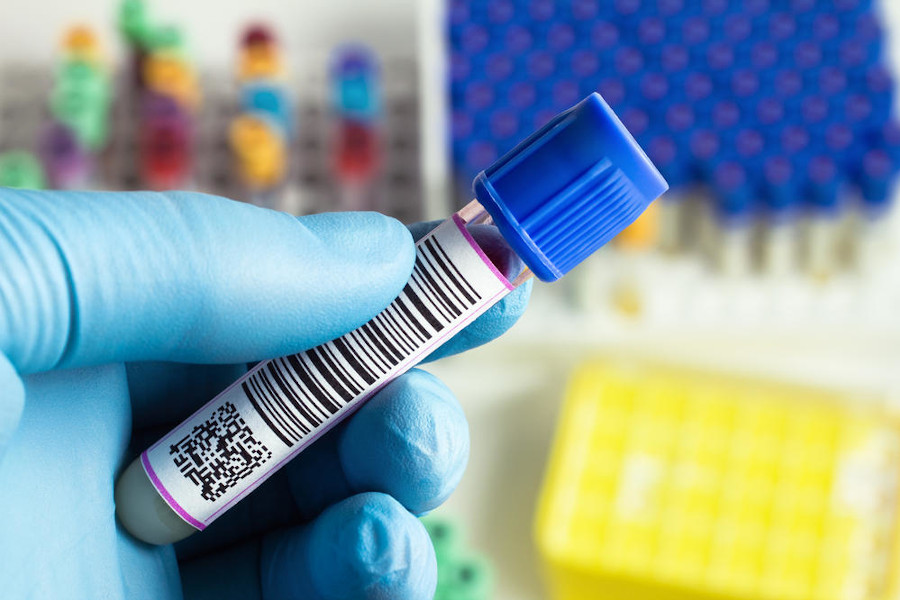Antibody testing in three cities hints at something clinical pathologists have believed to be true: A much larger number of individuals were exposed to COVID-19.
These first studies of individuals who were asymptomatic or had minor symptoms of a respiratory infection were conducted in Santa Clara County and Los Angeles County, Calif., and New York State.
Several recent antibody studies conducted in three different cities show that SARS-CoV-2 infection rates may be significantly higher than original estimates. These recent studies use antibody testing to determine the prevalence of asymptomatic or mildly symptomatic SARS-CoV-2 infections that have been previously undetected.
Pathologists and clinical laboratory scientists are tracking these early studies designed to identify how many people may have already been infected with SARS-CoV-2 and cleared the infection with few or no symptoms. The first of these antibody studies was performed by Stanford University in Santa Clara County, Calif. This study examined SARS-CoV-2 antibodies in 3,330 volunteers on April 3 and April 4. Preliminary findings indicate a COVID-19 infection rate from 2.49% to 4.16%, or between 48,000 and 81,000 of the residents in Santa Clara County, at a time when the official count was only 956.
A second antibody study was conducted shortly after, April 10 and April 11, by the University of Southern California (USC) and the Los Angeles County Department of Public Health. This study examined SARS-CoV-2 antibodies in 863 adults and found an infection rate from 2.8% to 5.6%—a range that is consistent with the results of the Stanford study a week earlier. These results led to an estimated infection count that was 28 to 55 times higher than the official count.
A third random SARS-CoV-2 serology testing study was performed by the State of New York over a two-day period on about 3,000 random residents of the state. Preliminary data was released April 23 and indicates that about 14% of people within the state have SARS-CoV-2 antibodies, and as many as 21% of those in NYC, specifically, may have already been infected.
Clinical Laboratories Can Expect Increased Demand for Serology Testing
Clinical laboratory professionals can expect to see increased interest from cities and states in learning how widespread the COVID-19 pandemic has actually been in their localities. Some medical labs will be asked to participate in such testing by collecting specimens and performing tests.
Clinical laboratories now in the process of acquiring and validating COVID-19 serology tests will be prepared for this increased demand. Setting up for serology testing will also make these labs more attractive partners as governments conduct studies, thus generating increased testing volumes and much-needed revenue for clinical labs at a time when testing volumes have dramatically declined in recent weeks.
Public health officials will likely seek increased serology testing for SARS-CoV-2 to further epidemiological understanding of the fatality rate of COVID-19. Large-scale serology testing may lead to better data of the pattern of spread, allowing better modeling for possible future spread.
Clinical laboratories and pathology groups may also see increased demand from the general population and increased willingness by providers to order COVID-19 antibody testing. If early data indicate a larger portion of the general population has been infected without experiencing symptoms holds consistent, it will be more reasonable to order and perform tests on asymptomatic individuals.
The implications of higher-than-anticipated numbers of asymptomatic individuals extend over a long-term basis. Serology testing for COVID-19 may become more and more necessary, for example, when a vaccine is initially developed to determine if someone already has potentially unknown immunity. Clinical laboratories that plan for the future demand for COVID-19 serology testing now will likely see long-term benefits from their foresight.

– By Caleb Williams, Editor, COVID-19 STAT
Related Resources:
Quality Issues Your Clinical Laboratory Should Know Before You Buy or Select COVID-19 Serology Tests: A two-part educational webinar featuring Dr. James Westgard and Sten Westgard, hosted by Dark Daily
Stanford University Study in Santa Clara County Shows Higher Than Expected Number of COVID-19 Cases
New York Study Shows 14% of People In the State of New York May Have Been Exposed to COVID-19
What a USC-LA County Antibody Study Can Teach Us About COVID-19






